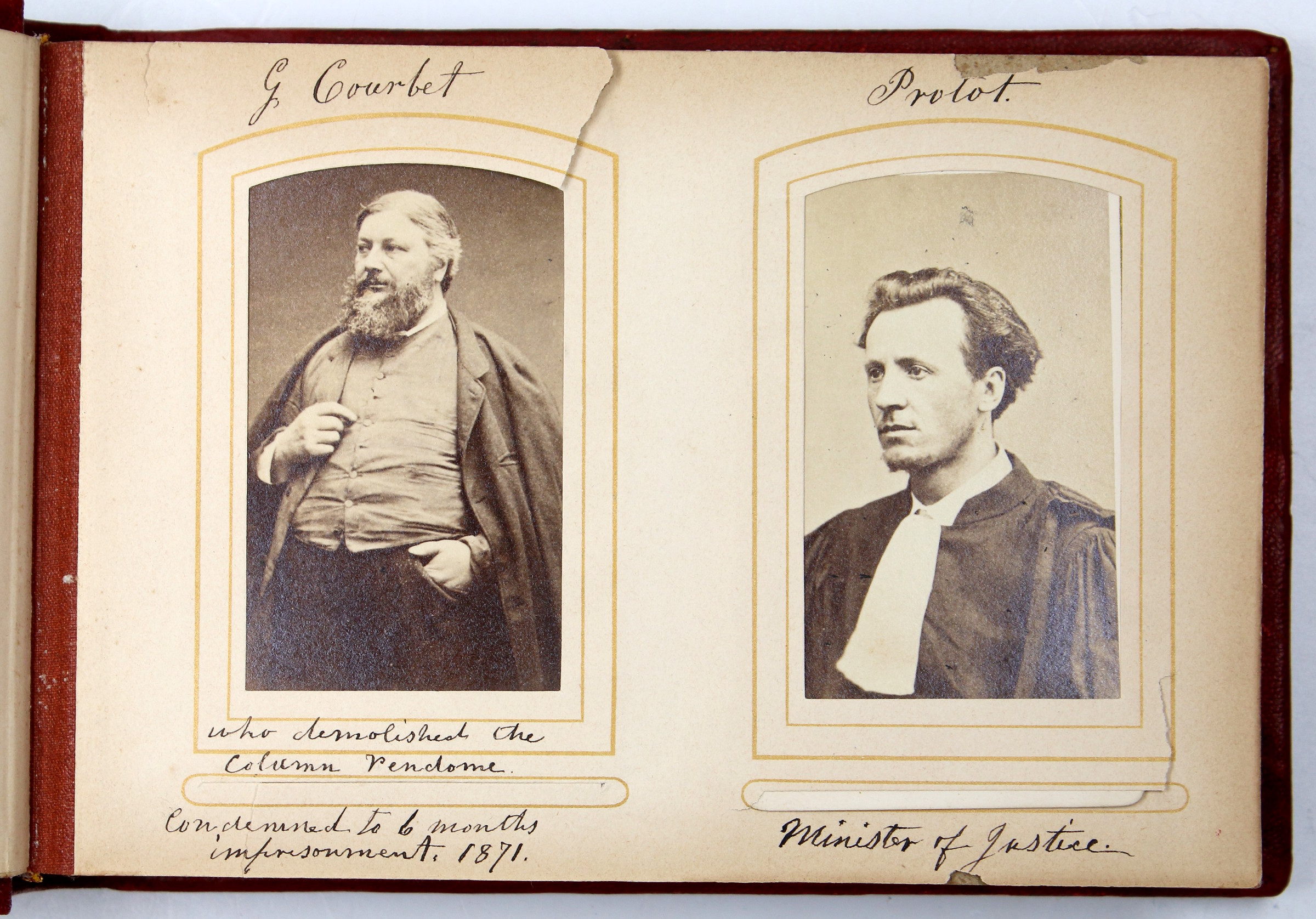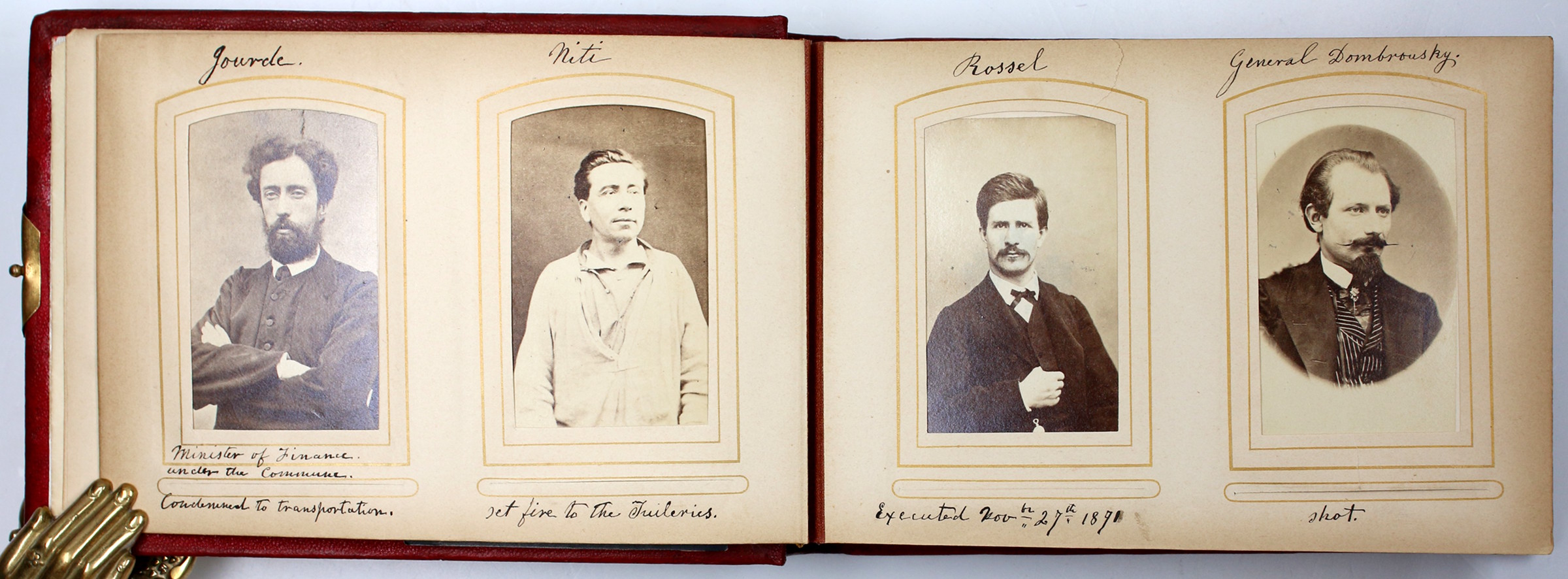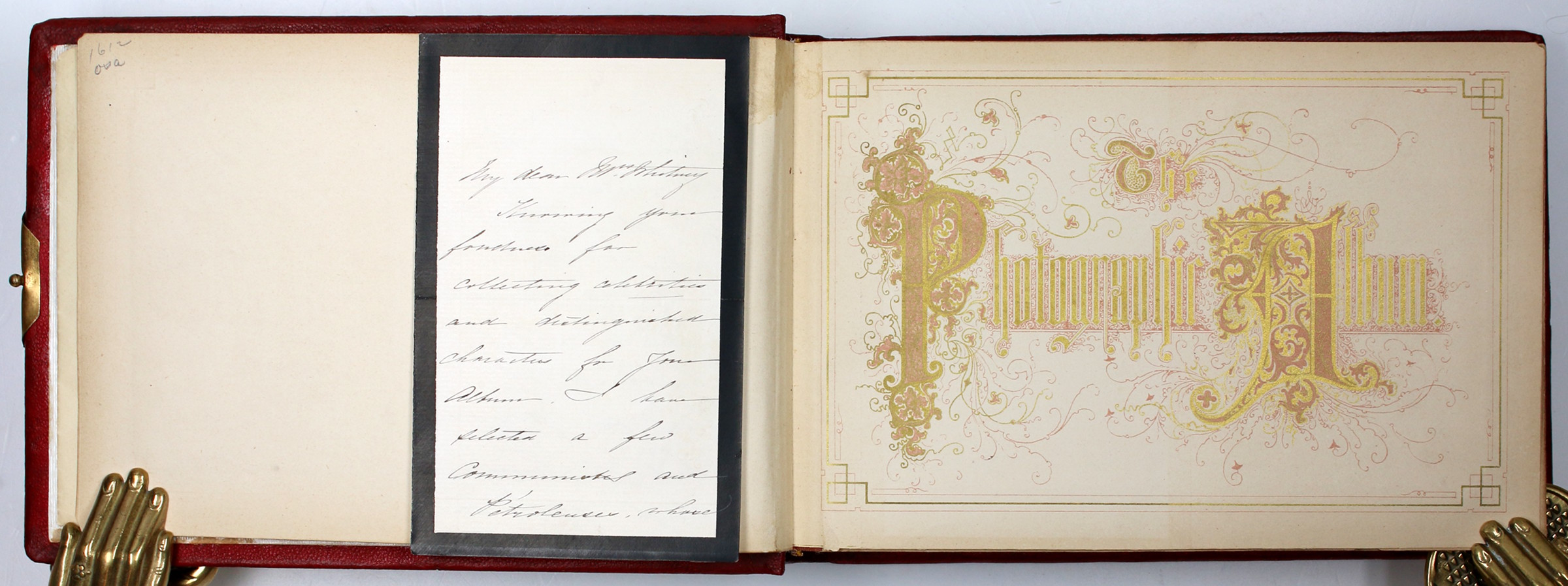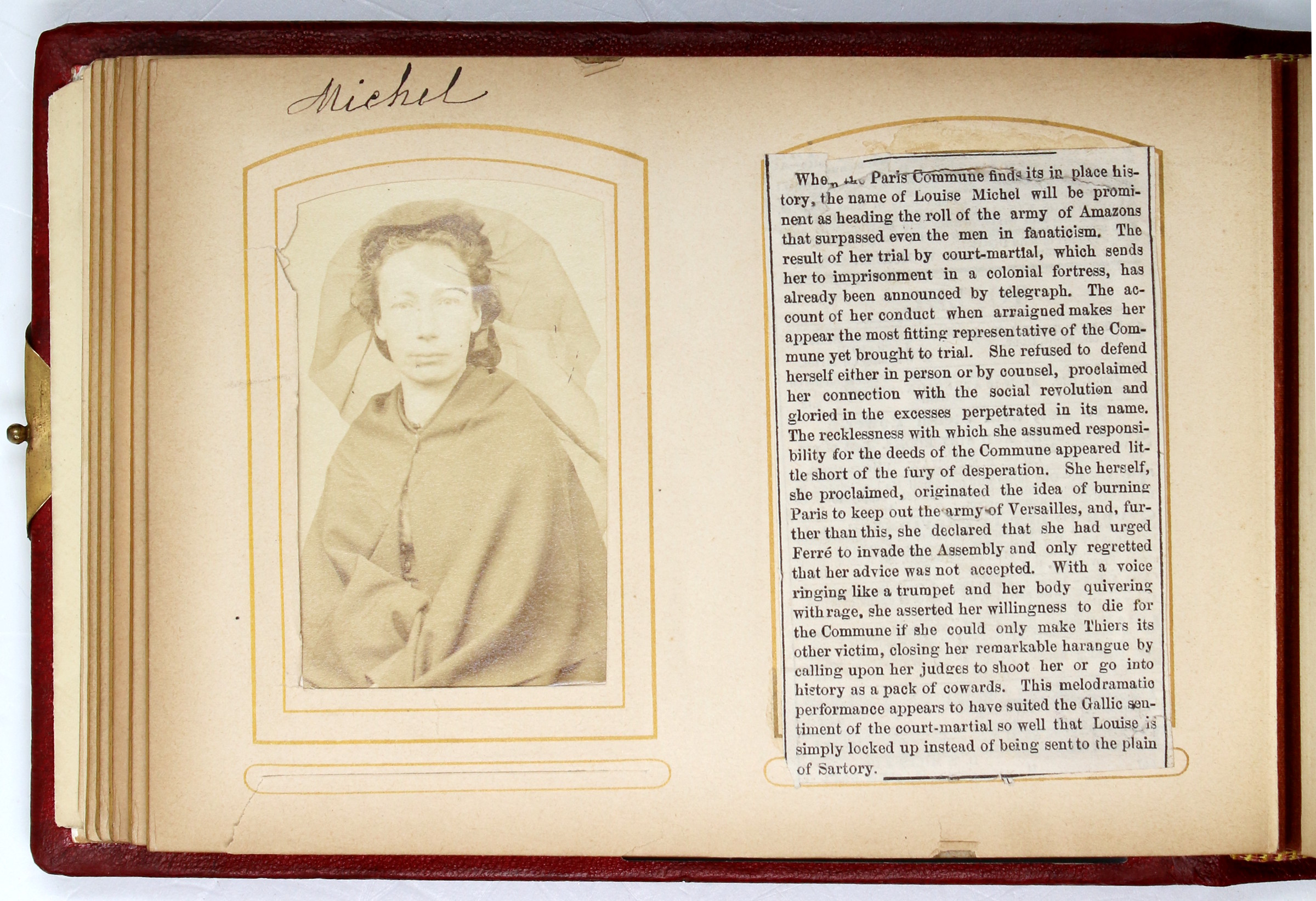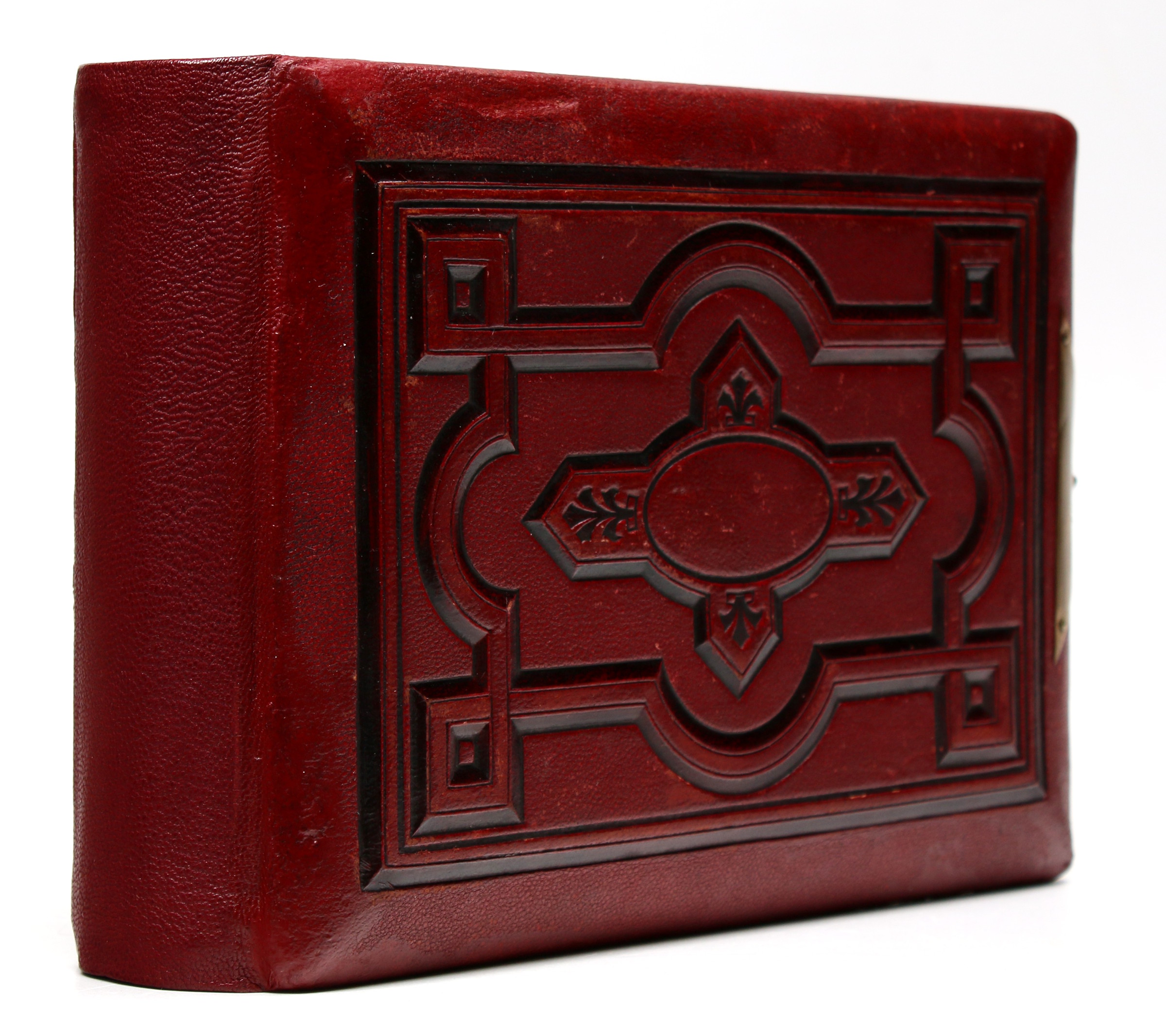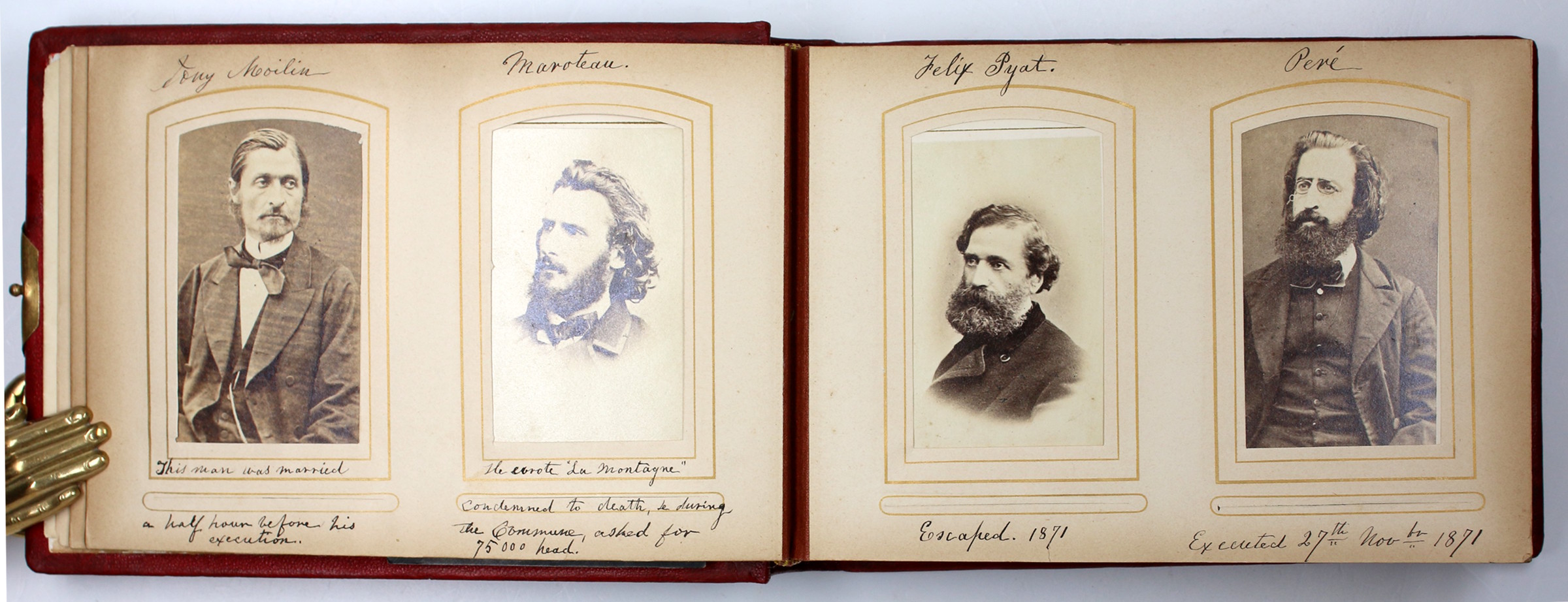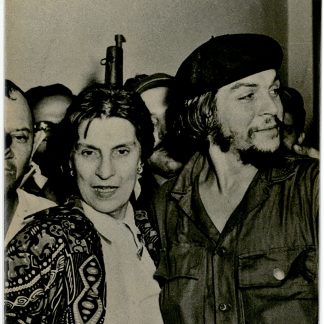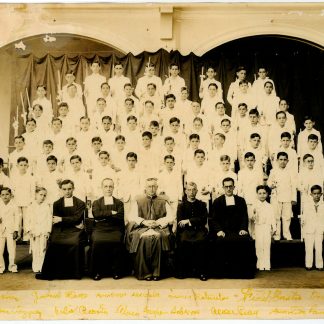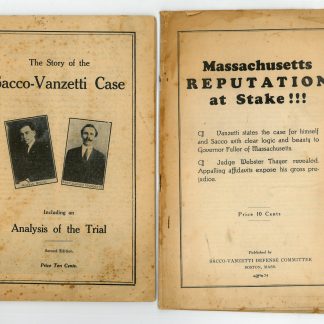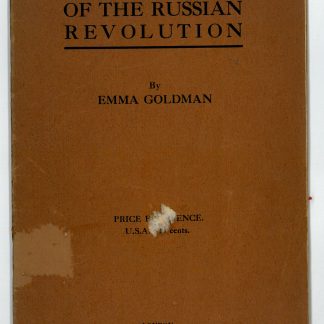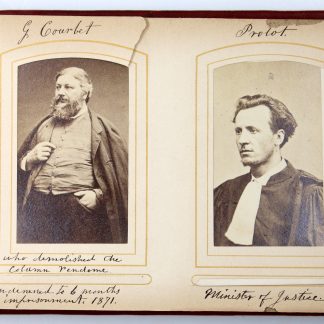Escaped, Executed, Condemned: The faces of the Paris Commune trials
Photo album of Communards.
Oblong 8vo (205 x 135 mm). Title-page, 24 cardboard leaves, six of which contain 19 albumen photographs in mounts, with manuscript captions. Laid in, in an envelope, are three contemporary photo cards inscribed and signed in the same hand, depicting illustrations related to the Commune. Contemporary red morocco-covered boards with black stamped geometrical design. Watered-silk endpapers. Brass clasps.
€ 7.500,00
The public faces of the Commune of Paris: a contemporary photograph album compiled by a prominent American expatriate in Paris, the Boston-born widow of the Wall Street banker John Munroe, founder of the New York and Paris banking house John Munroe & Co.
No sympathizer to the Communist cause, Mrs. Marian Hall Munroe nevertheless preserved in this album the memories of the individuals who made up the Commune. The photographs each include careful handwritten annotations on their mounts, apparently mostly transferred from the reverse of the original photographs. Just over half of the inclusions are men, but some of the most interesting inclusions made by the disapproving Munroe (who calls the insurrectionists "Sovereigns of Crime") are of the women of the Commune, here labelled with the catch-all term "Pétroleuses". This referred to the rumour, now debunked, of the use of petroleum by the women of the Communards, to burn Paris during the last days of the Commune. Though it is now considered that the male troops were in fact the perpetrators of the arson - a concept not unknown to contemporaries, as shown by a caption identifying a man as an arsonist earlier in this very album - public sentiment was sharply turned against the Pétroleuses in particular. Of those photographed here, Joséphine Marchais (1837-74) and Garget were condemned to death; after the photo album was completed, the death sentences were commuted to a life sentence of forced labour in colonial French Guiana. Marchais, however, despite escaping once, died before the General Amnesty of 1880.
Other famous faces in the album include the painter Gustave Courbet (1819-77), "who demolished the Column Vendome. Condemned to 6 months imprisonment, 1871", Eugène Protot (1839-1921), "Minister of Justice", Jourte, "Minister of Finance under the Commune. Condemned to transportation", Niti, who "set fire to the Tuileries", Louis Rossel (1844-71), the only senior French officer to join the Commune, "Executed Nov. 27th 1871", and General Dombrousky (Jaroslaw Dabrowski, 1836-71), simply "shot". Some annotations tell poignant stories of final moments, like that of Tony Moilin (1832-71), who worked as a doctor for the poor during cholera outbreaks ("This man was married a half hour before his execution"), or of Gustave Maroteau (1849-75), one of several Communards for whom Victor Hugo personally requested a pardon, who was "Condemned to death, & during the Commune, asked for 75,000 head". His sentence was commuted to deportation to a French colony, but like many he died within a few years. The leader Félix Pyat (1810-89) is noted as simply "Escaped", while next to him, Peré, was "Executed". The women among the Communards, who make up the second half of the album, include Marie Lecourt, Clara Four(n)ier, Hortense David (1836-93), Félicité Paul ("17 years old"), Eugenia Rabit, and Louise Michel (1830-1905). A contemporary newspaper clipping describing Michel's trial is pasted in: "She herself, she proclaimed, originated the idea of burning Paris to keep out the army of Versailles [...] With a voice ringing like a trumpet and her body quivering with rage, she asserted her willingness to die for the Commune if she could only make Thiers its other victim, closing her remarkable harangue by calling upon her judges to shoot her or go into history as a pack of cowards."
Compiled by Marian H(all) Munroe (1829-1905), née Hall, of Boston, widow of the Paris-based American banker John Munroe (1811-70), and resident of Paris since the mid-1850s. The couple lived at 150, avenue des Champs-Élysées, near the Arc de Triomphe, which saw damage during the fighting. The album was gifted to a Mrs. Whitney in December 1871, with a letter on mourning stationery tipped in to flyleaf: "My dear Mrs. Whitney, Knowing your fondness for collecting celebrities and characters for your Album, I have selected a few Communists and Pétroleuses, whose deeds have been the most cruel of those for which the Commune must answer. They will hardly do to place in your book of Sovereigns though they are Sovereigns of Crime. With love I am always affectionately yours Marian H. Munroe. Paris 5th Dec" [the year, 1871, has been added in a different hand]. The recipient may have been a close friend of the family's; the Munroes' son Henry (1859-1920) bore the middle name Whitney.
Acquired from a U.S. private collection.
Spine professionally restored; a few small tears or chips to mounting. Photographs notably bright and clean.

